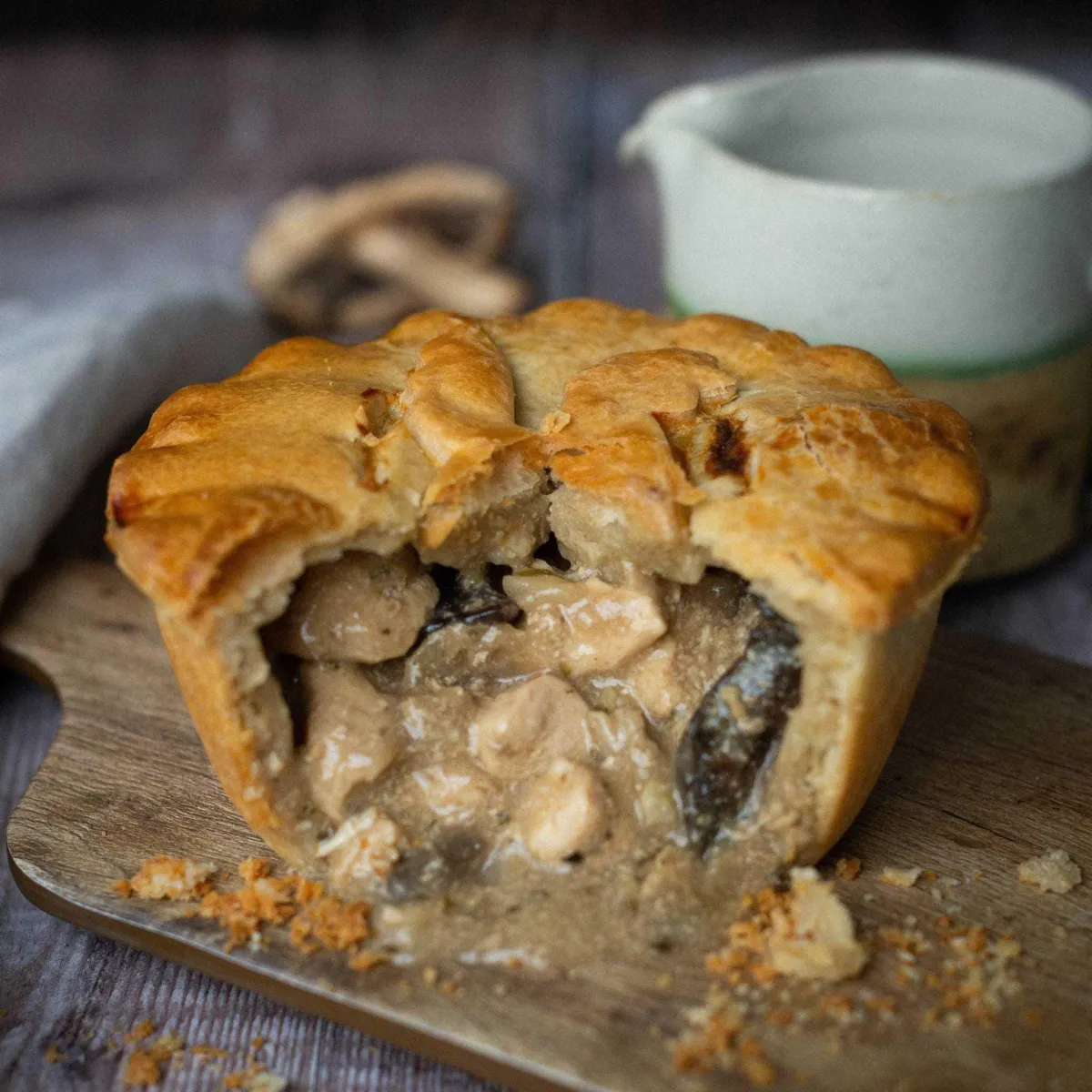
Is 'Handmade' Losing Its Meaning in Food Marketing?
"Handmade" used to mean something. It suggested time, care, and skill. It made us think of hands dusted in flour, ingredients chopped fresh, meals built from scratch.
But lately, it’s started to feel hollow.
The word pops up everywhere—on supermarket packaging, café menus, even ready meals. It’s become marketing wallpaper. Easy to print. Hard to prove.
So what does handmade really mean today? And why should you care?
The rise of empty food labels
We’re used to seeing words like “artisanal”, “farm-fresh”, or “hand-crafted” attached to food. But much of the time, they’re not backed by any clear process or standard. You could take a frozen sausage roll, reheat it, add a parsley garnish, and call it “handmade” in some kitchens.
The problem isn’t just accuracy—it’s trust.
When every brand claims handmade quality, even when the process is automated, pre-prepped, or bulk-made elsewhere, the term starts to mean nothing. And when that happens, the businesses that do make food by hand lose their edge in the eyes of customers.
What handmade looks like in our kitchen

In our kitchen, we don’t throw the word around lightly. Handmade means:
Chopping veg ourselves. No bags of pre-diced onions.
Making pastry from scratch. Flour and butter rubbed together.
Stirring sauces, not tearing open sachets.
Adjusting seasoning by taste, not instructions.
It’s slower. It’s harder. But it makes a difference you can see and taste. You get crisp pastry. Flavours that develop. Food that feels like it was made by someone, not something.
Why it matters to your business or event
If you’re ordering catering for a meeting, event, or team lunch, you want to make a good impression. Handmade food sends a clear message: you’ve thought about the details.
You’ve chosen quality. You’ve gone beyond the default. That reflects well on your brand and how you treat people.
In contrast, mass-produced food that’s simply warmed up and plated might do the job—but it doesn’t say anything about care or standards. And people notice. Especially when the food is bland, soggy, or cold.
Are we just food snobs?
It’s easy to dismiss all this as foodie fussiness. But food is part of the experience. It’s part of how we connect with people, celebrate success, and build culture at work.
And when people say, “That was the best pie I’ve ever had” or “Where did you get those sausage rolls?”—you know it mattered.
It’s not about luxury. It’s about effort.
So, what should ‘handmade’ mean?
Let’s bring the word back to its roots. Handmade should mean:
Made by people, not machines
Freshly prepared with raw ingredients
No shortcuts—just skill, time, and care

If a catering company uses frozen food or bought-in mixes, that’s fine—but they shouldn’t call it
handmade.
Transparency builds trust. And food is no different.
Ask questions. Get real answers.
Next time you’re choosing catering or buying a “handmade” lunch, ask:
Who made this?
Where was it made?
What ingredients were used?
How long ago was it cooked?
Good caterers will have answers. The rest might not.
If you’re tired of buzzwords and want food that’s genuinely handmade, from people who care about every step, talk to us. We’ll show you what real food tastes like
